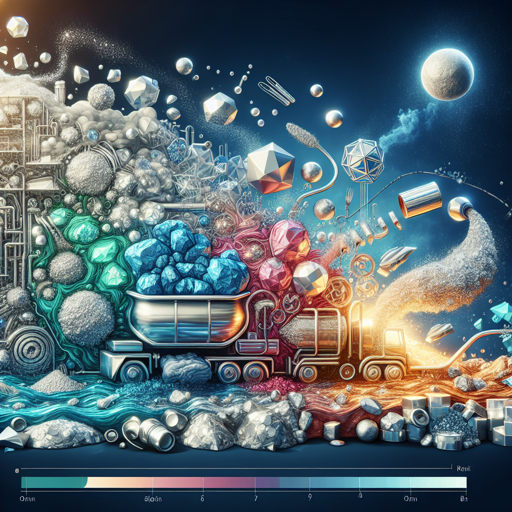The Silver Lining: Unearthing the Value in Silver Recycling
Unveiling the intricate processes and immense benefits of recycling silver from discarded products.

Introduction
Silver: a precious metal that has been admired and utilized for centuries. Yet, as we march forward into the age of technology and consumerism, a significant amount of this valuable resource is going to waste. Today, we explore the potential lying in our discarded electronics and jewelry, discussing the incredible processes and benefits of silver recycling.
Silver: More Than Just a Precious Metal
Silver is an incredibly versatile material, featuring not only in the creation of jewelry and coins but also in a broad range of industries. From the medical field to the renewable energy sector, silver’s unique properties make it an irreplaceable component.
A table showcasing the diverse applications of silver:
| Industry | Use of Silver |
|---|---|
| Electronics | Conductive paths in printed circuit boards |
| Photography | Light-sensitive silver halide crystals |
| Medicine | Antimicrobial applications |
| Renewable Energy | Solar panels |
The Case for Silver Recycling
With the increasing demand for silver and the environmental impact of mining, recycling silver from discarded products is a viable and sustainable solution. Moreover, silver recycling can provide an economic boost by creating jobs and reducing the cost of goods that utilize silver.
“Earth provides enough to satisfy every man’s needs, but not every man’s greed.” - Mahatma Gandhi
This quote underscores the importance of responsible resource management. Silver recycling is a clear demonstration of this principle.
The Process of Silver Recycling
The process of silver recycling involves a series of steps:
- Collection: Discarded products containing silver, such as electronics, jewelry, and medical equipment, are collected.
- Sorting and Dismantling: The collected items are sorted, and valuable components are dismantled.
- Silver Extraction: The silver is then extracted from the components. This is often achieved through a process known as ‘hydrometallurgy’.
- Refinement: The extracted silver is refined to remove any remaining impurities.
- Reuse: The refined silver is then ready to be reused in the production of new products.
The Benefits of Silver Recycling
Silver recycling offers several benefits:
- Conserving Resources: It helps in conserving the natural resources by reducing the demand for freshly mined silver.
- Reducing Environmental Impact: It minimizes the environmental impact of mining, including habitat destruction and water pollution.
- Economic Impact: It aids in job creation and can potentially lower the cost of goods that require silver.
External References
For further reading and a more in-depth look at the silver recycling process, visit this article published in the Journal of Environmental Management.
Conclusion
Silver recycling is a shining example of how we can turn waste into wealth. By embracing recycling, we can conserve our natural resources, lessen our environmental footprint, and create economic opportunities, thereby paving the way for a more sustainable future. Let’s do our part and give silver a second chance to shine.